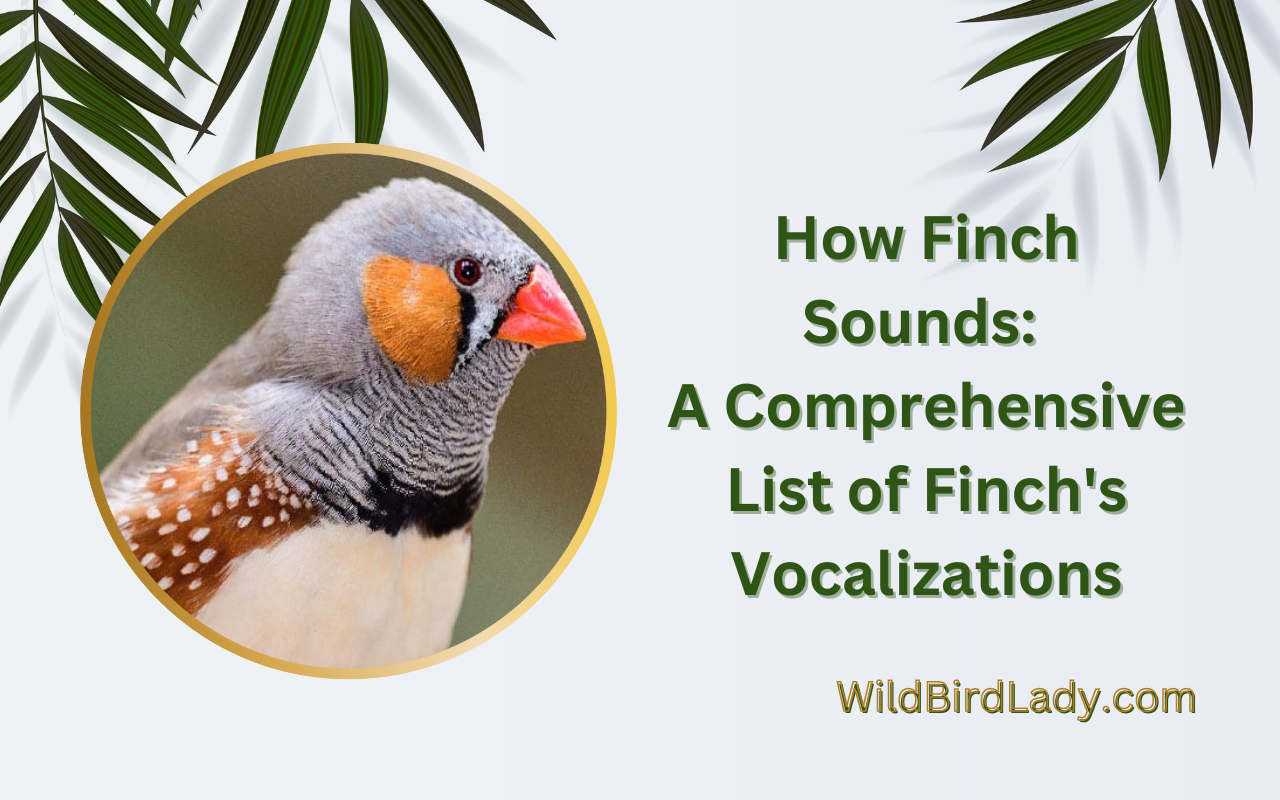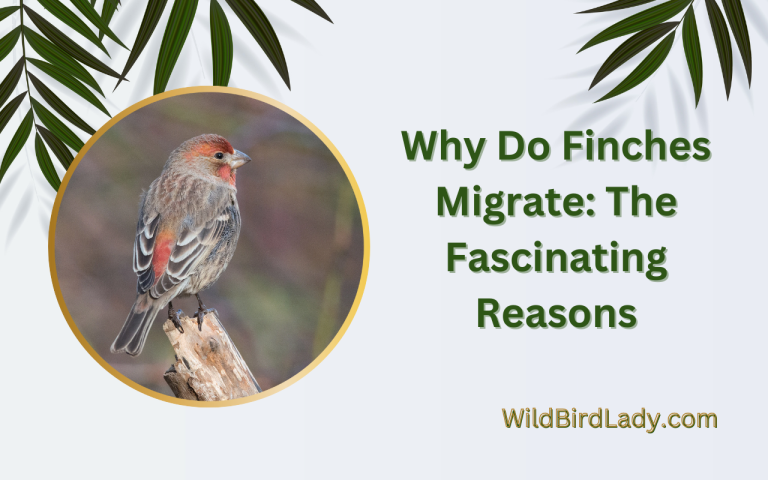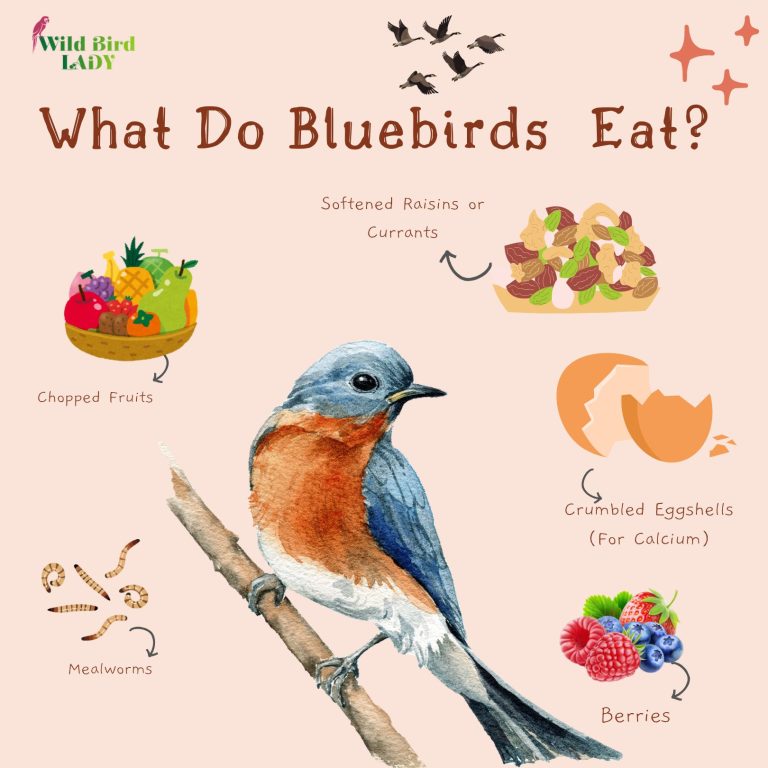How Finch Sounds: A Comprehensive List of Finch’s Vocalizations
Finches produce various sounds including songs, calls, chirps, and vocalizations during mating. Finches are small, active birds native to almost every continent.
They are popular pets due to their beautiful colors and melodious songs. These birds communicate through a range of different sounds that vary depending on the species and context. A finch’s song is a musical sequence that male birds use to attract mates and announce their territory.
However, they also produce calls, which are short, simple or complex vocalizations used for different purposes, such as to communicate with other birds or to alert for predators. Additionally, finch’s chirps and vocalizations during mating are also unique, depending on the specific species. This list provides an overview of the different sounds that finches produce, including a description of the sound and their meaning.
The Types Of Finch Vocalizations
Finches are fascinating birds, and each species has its unique vocalization. To identify a finch just by hearing its sound, it’s crucial to know the different types of finch vocalizations. Here’s a comprehensive list of finch’s vocalizations to help you understand finch sounds better.
Song
A finch song is a series of complex and melodious sounds that male birds make to attract females during the breeding season. Here are some key points of their song:
- Finch songs are unique to each species, with each having a distinct melody and pattern.
- The song can vary in length, from just a few notes to a diverse, long series of notes.
- Male finches repeat their songs frequently, mainly during the breeding season.
Call
Unlike a song, which is used for mating purposes, a finch’s call has various meanings, including communication, form of identification, or location. Here are some key points about a finch’s call:
- A finch’s call is typically a simpler sound than its song.
- A call can vary from a single note to multiple syllables, and it’s distinct for each species.
- The finch call varies depending on the purpose, whether to indicate hunger, a warning, or identification.
Contact Call
The contact call is a finch’s short chirp that birds use to locate and communicate with other members of their flock. Here are some key points about this vocalization:
- Contact calls are relatively simple and usually consist of one note per bird.
- This type of call is used to indicate a bird’s location, often heard when birds are flying or feeding in groups.
- The contact call is distinct to each species, and it can help birdwatchers identify different types of finch.
Aggression Call
Finches are territorial birds, and they often use aggression calls to defend their territories from other birds. Here are some key points about aggression calls:
- Aggression calls are loud and typically consist of irregular and staccato sounds.
- This type of call can be heard during mating season when males compete for females or when other birds enter their territory.
- Aggression calls are most common in male finches, and different species have their unique sound and pattern.
Alarm Call
An alarm call is a high pitched and loud sound that finch birds produce to warn others about danger or a predator’s presence. Here are some key points about this type of finch vocalization:
- An alarm call is typically an urgent and short sound that all members of the flock can recognize.
- When a finch detects danger, it will produce a sound to alert others, enabling them to take evasive action.
- The alarm call variations differ from species to species, but most alarm calls are high pitched and short, designed to be heard over long distances.
With this comprehensive list of finch vocalizations, you can now differentiate between different sounds when observing these birds in the wild. Use this information to identify various finching species by the sounds they produce and improve your birding experience.
How To Identify Finch Vocalizations
Finches are renowned for their delightful vocalizations, and learning how to identify these vocalizations is essential for any avian enthusiast. Not only does it enhance your overall bird-watching experience, but it also helps you to identify specific species accurately. Here, we will show you the importance of learning to identify finch vocalizations, tips for listening to finch vocalizations, and resources for their identification.
Importance Of Learning To Identify Finch Vocalizations
Learning to identify finch vocalizations can be challenging, but it is an essential skill for any bird-watching enthusiast. Here are some compelling reasons why this skill is crucial:
- The identification of finches through vocalizations can help in breeding studies
- Helps in conserving and managing the bird in the wild
- Improves the bird-watching experience
- Increases knowledge of finches in general.
Tips For Listening To Finch Vocalizations
Listening to finch vocalizations requires patience and attention to detail. Follow these tips below to make the process easier:
- Start listening early in the morning when the finches are most active
- Find a quiet and peaceful location with little to no background noise
- Focus on differentiating between the songs and calls of each species
- Familiarize yourself with the songs before going out to listen
- Use binoculars to observe the birds for added context.
Resources For Identification
There are several resources for identifying finch vocalizations, including:
- Bird song identification apps such as ibird pro and chirpomatic
- Audio guides and field guides from reputable sources like the cornell lab of ornithology
- Online databases with recordings of finch vocalizations such as xeno-canto.org
These resources can help you learn the unique nuances of each species’ vocalizations, making identification easier and more efficient.
Learning to identify finch vocalizations is an extremely valuable skill for any bird-watching enthusiast. By following the tips outlined above, you can enhance your bird-watching experience and gain valuable knowledge about these beautiful birds.
Interpretation Of Finch Vocalizations
Finches are known for their unique vocalizations that are essential to their communication. Understanding the meanings behind finch vocalizations can be challenging, but with some careful observation and interpretation, attentive researchers can decode their language. Here are some key points to consider when it comes to determining the meaning behind finch vocalizations.
Determining The Meaning Behind Finch Vocalizations
- Interpretation of finch vocalizations: Different finch species have a unique sound and style of vocalization, making it critical to understand the context in which the sound is coming from. However, there are some general characteristics of finch vocalizations that suggest distinct messages. Some of these messages are – territorial, communicative, mating, aggressive, defensive, or even alarm calls.
- Pitch and tone: The pitch and tone of finch vocalizations can vary depending on factors such as the bird’s gender, age and regulatory factors such as body position, habitat, altitude, and time of day. Therefore, it is essential to observe the environment in which the vocalization takes place.
- Observation: A single vocalization might not be enough to deduce its meaning correctly. Therefore, it is essential to observe and listen to finch vocalizations over a period to identify recurring patterns and distinguish between different signals.
How Finch Vocalizations Change With Context
Finch vocalizations can change dramatically depending on the context surrounding the communication. Below are some key points to consider when observing how finch vocalizations change with context:
- Environmental context: Finches often utilize different vocalizations based on their current situation; for example, an alarm call would be different from a courtship call. The environment in which the finch is residing also plays an important role in contextual interpretation.
- Audience and intent: The vocalizations of finches can change depending on who the recipient is, and what they’re trying to communicate. The meaning of a vocalization can differ when transmitted to a potential mate compared to a rival and predator.
- Body language: Body language plays an essential role in contextual finch vocalization. Observing the physical behavior and posture during the vocalization can help identify context and intent.
Examining The Behaviors Associated With Finch Vocalizations
Interpreting finch vocalizations does not end with identifying the vocalization itself, but also involves observing the behavior associated with the vocalization. Below are some key points to consider when examining the behaviors associated with finch vocalizations:
- Body position: Finch body position, such as head and wing orientation, can help decipher the context of their vocalizations. This information can provide insight into whether the finch is scared, seeking a mate, or aggressive towards a rival.
- Song structure: The structure of a finch’s song can reveal a lot about its motives and intent; for example, a more complex song may be utilized to attract mates, and a simple song may be a warning call to danger.
- Timing and repetition: The timing and frequency of vocalizations can also be indicative of their meaning. Repetitive vocalizations can indicate a message of urgency or intensity, while prolonged vocalizations could imply a call for attention.
Finch vocalizations are an integral part of the birds’ communication, and understanding their meaning can provide invaluable insight into their behaviors and intent. Observing finch vocalization context and behavior and interpreting the patterns and meanings are vital to better grasping this essential aspect of finch life.
Frequently Asked Questions On How Finch Sounds: A List Of Different Sounds Produced By Finch
What Sounds Do Finches Produce?
Finches produce a variety of sounds such as chirps, songs, and calls. Their vocalizations can vary depending on the species and the situation they’re in. Some finches also have unique calls they use to communicate with their mate or offspring.
How Do Finches Learn To Sing?
Young finches learn to sing by listening and mimicking their parents or other adult finches. Scientists believe that genetics play a role in the development of a finch’s song, but it’s mostly learned through social interactions with their surroundings.
Why Do Finches Sing?
Finches sing for different reasons such as attracting a mate, defending their territory, or communicating with other birds. Their songs, calls, and chirps can also vary depending on the time of day or season.
What Is The Difference Between A Finch’S Song And Call?
A finch’s song is a complex sequence of notes and sounds that’s used primarily for attracting a mate or defending their territory. A finch’s call, on the other hand, is a simpler sound used for communication or alerting other birds of danger.
Conclusion
Finches are fascinating birds that produce an array of sounds that are unique to their species. These birds use vocalizations to communicate with their flock members, attract mates, and defend their territories. From the sweet, melodious sounds of the goldfinch to the raucous, chattering calls of the house finch, each species has a distinct vocal signature.
By understanding the different sounds produced by finches, bird enthusiasts can identify and appreciate these beloved birds in their natural habitats. Whether you hear their songs in your backyard or at a local birding spot, the sounds of finches are sure to delight and inspire.
So next time you are out and about, listen carefully for the different sounds of finches and you might be surprised at what you discover!








